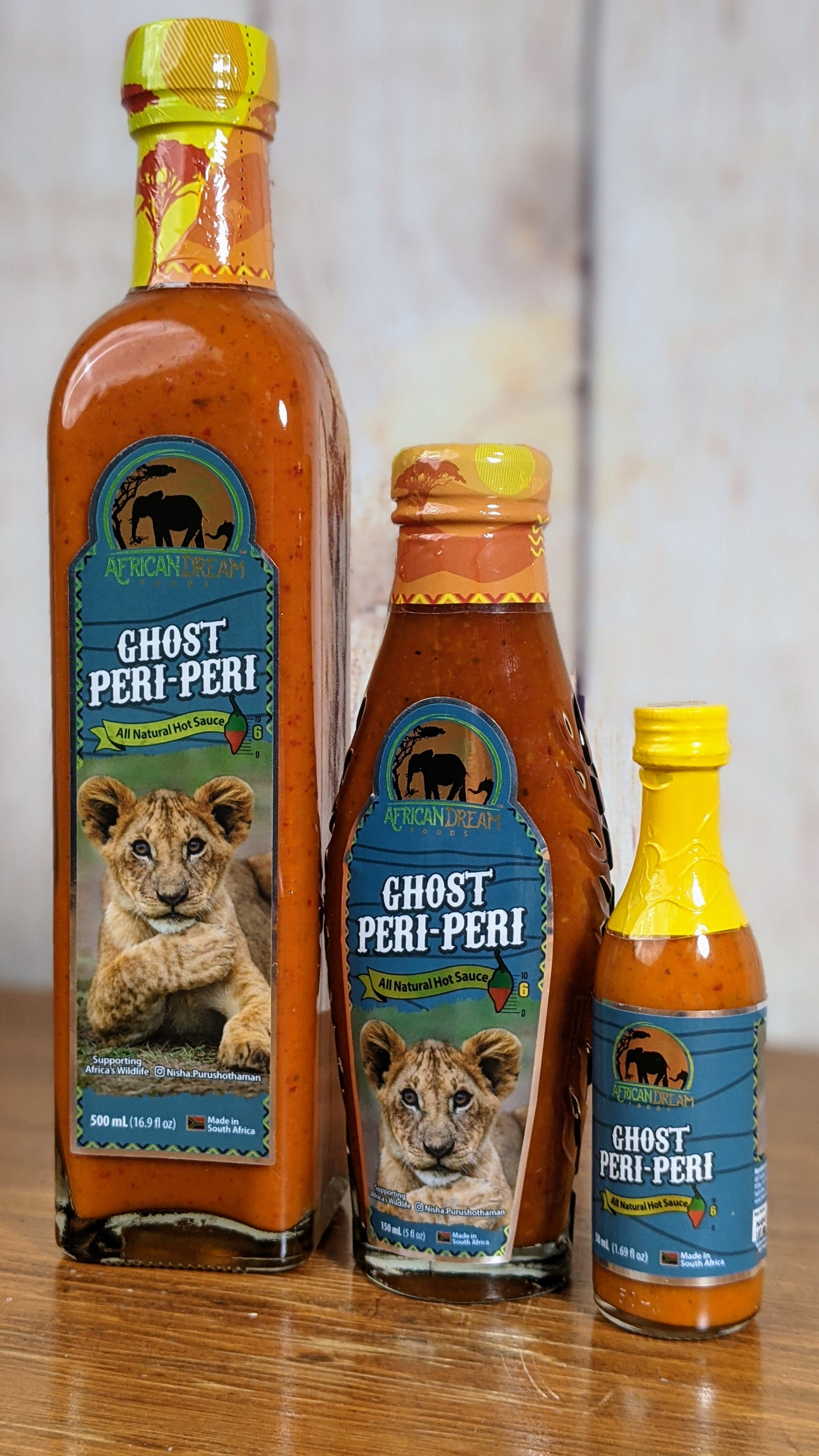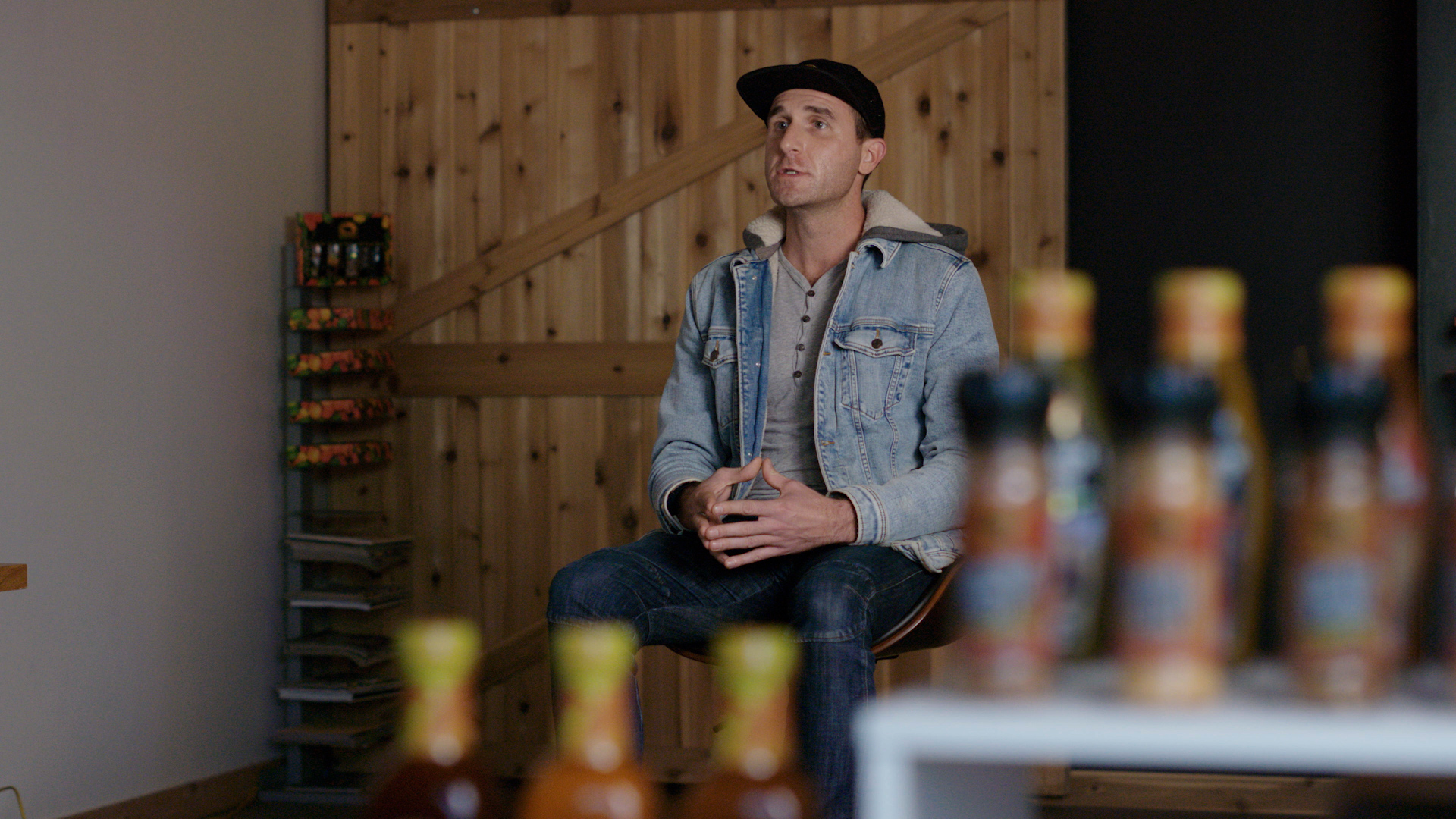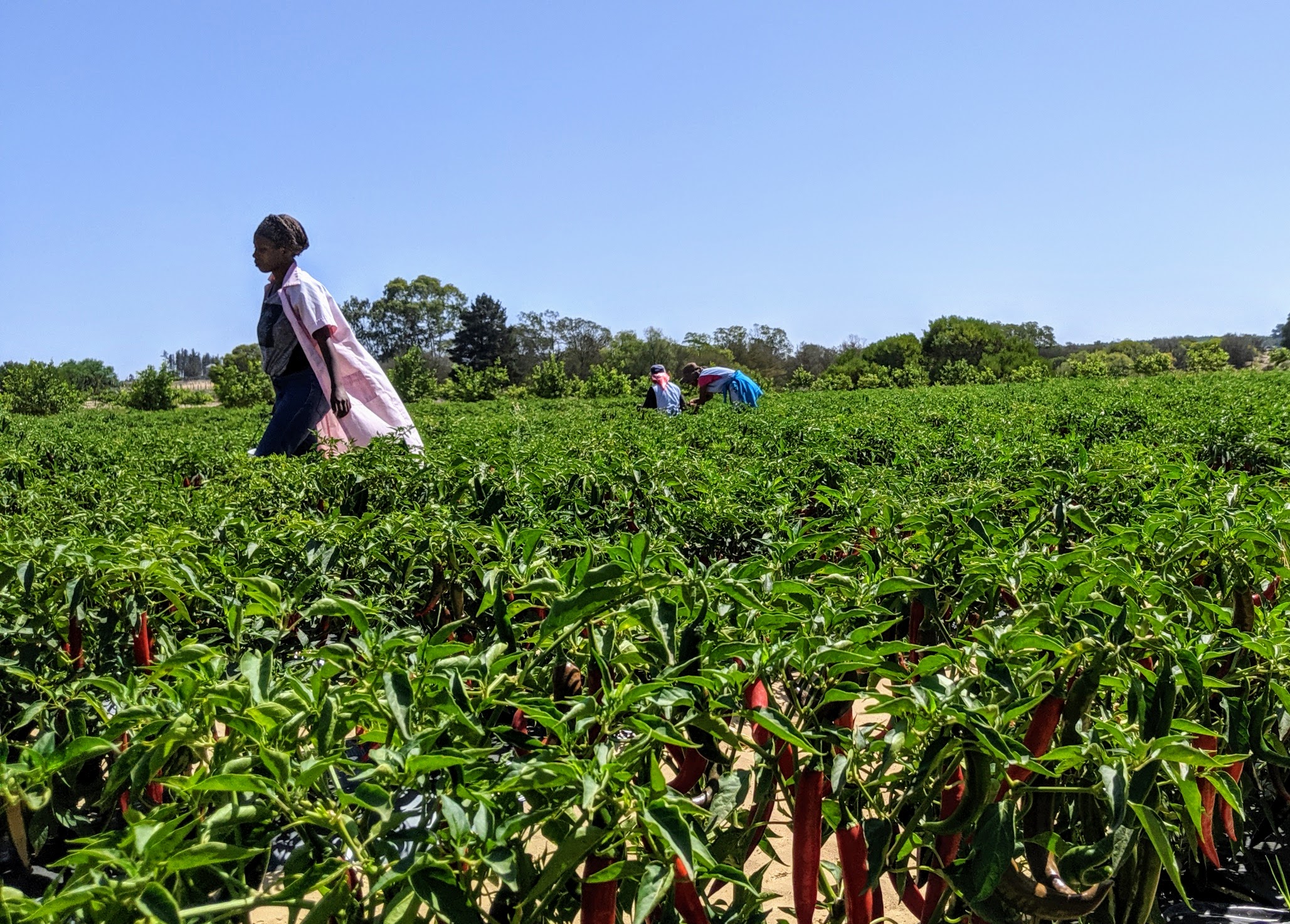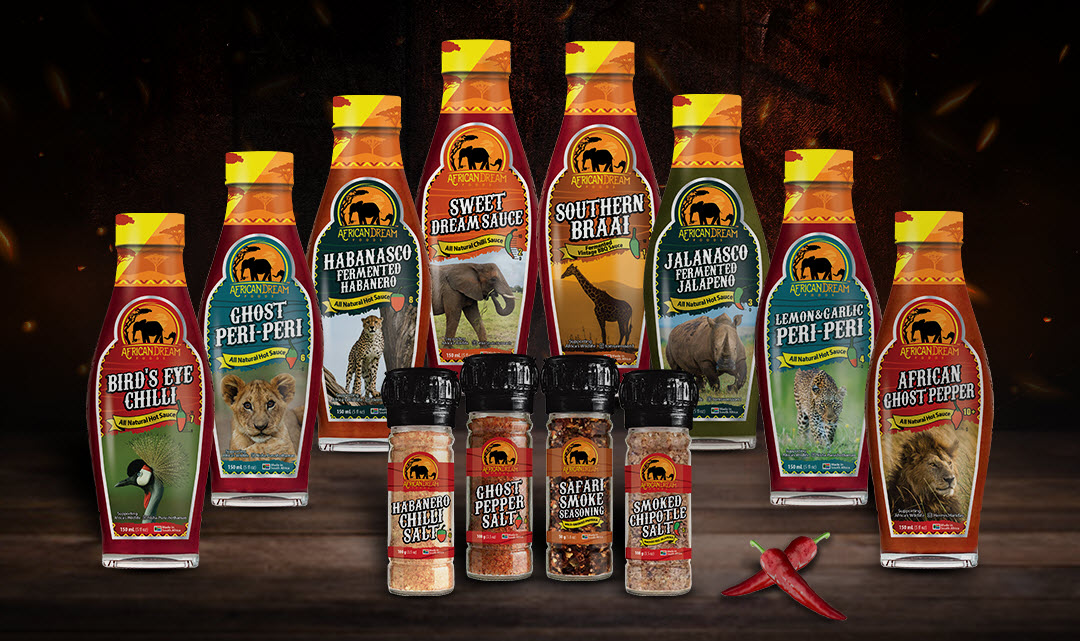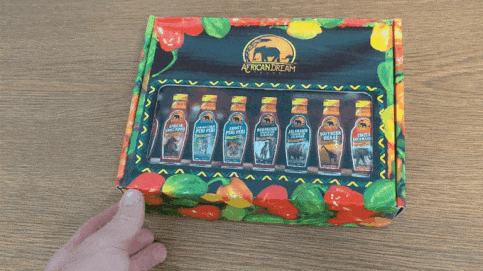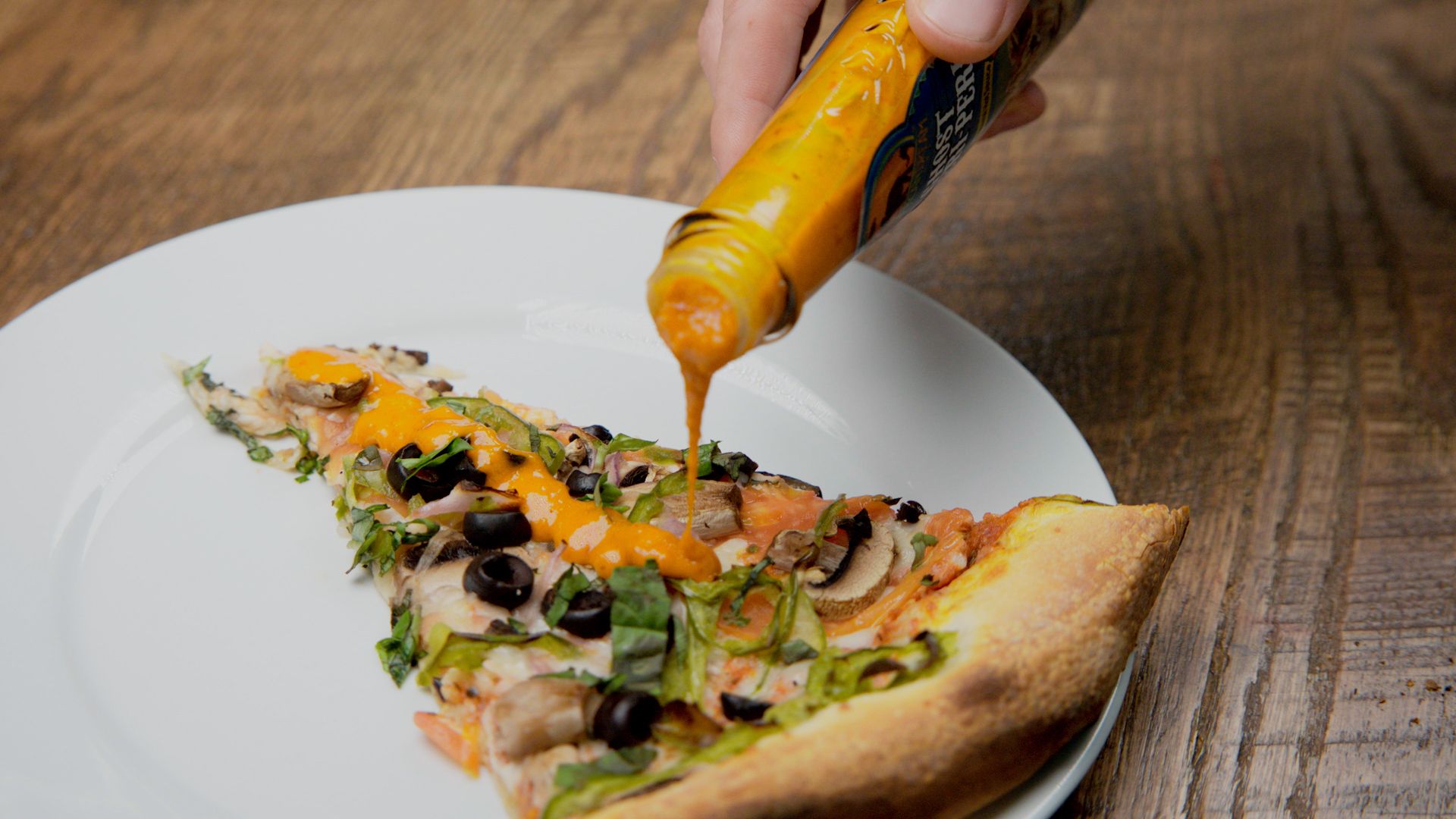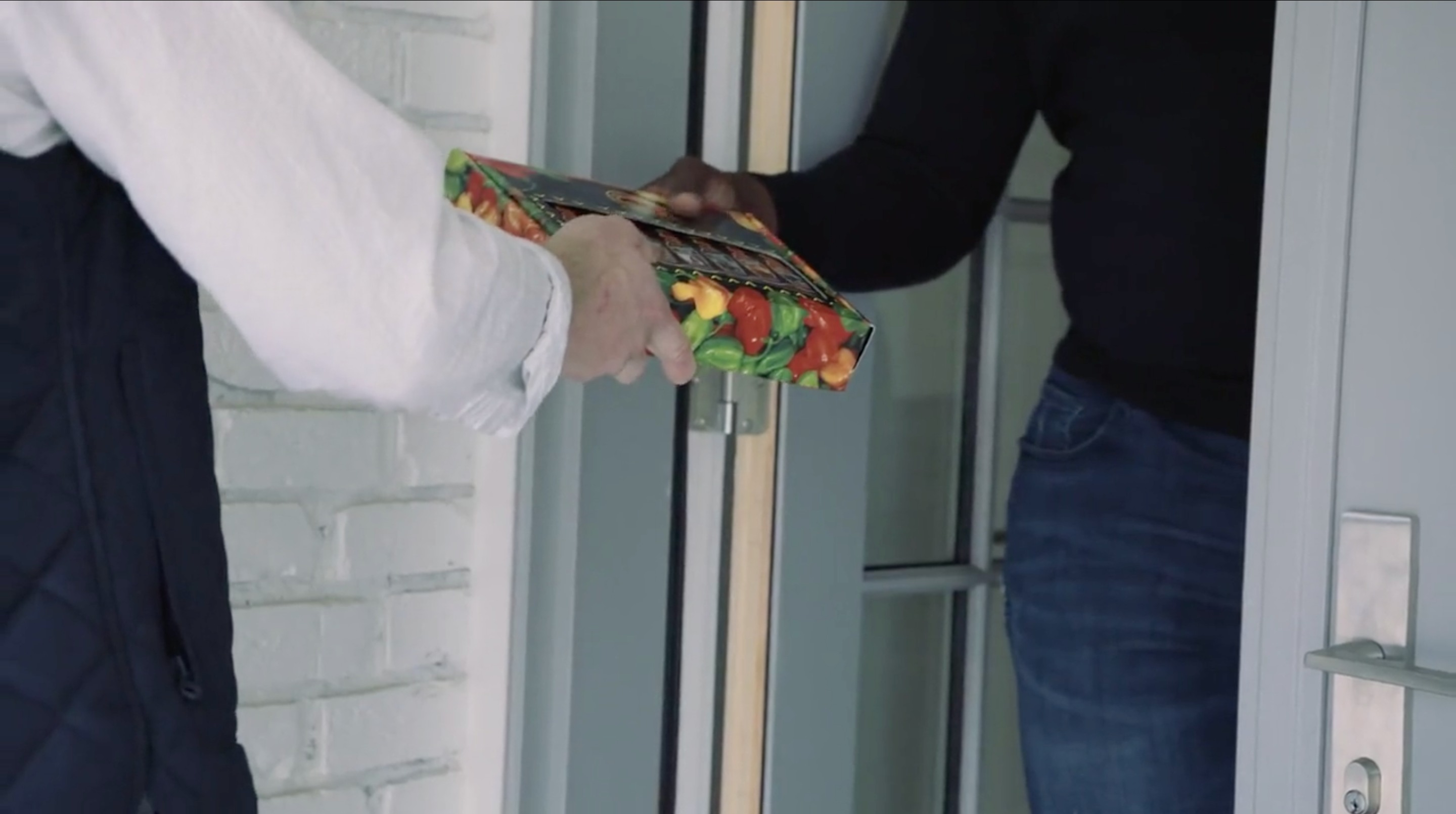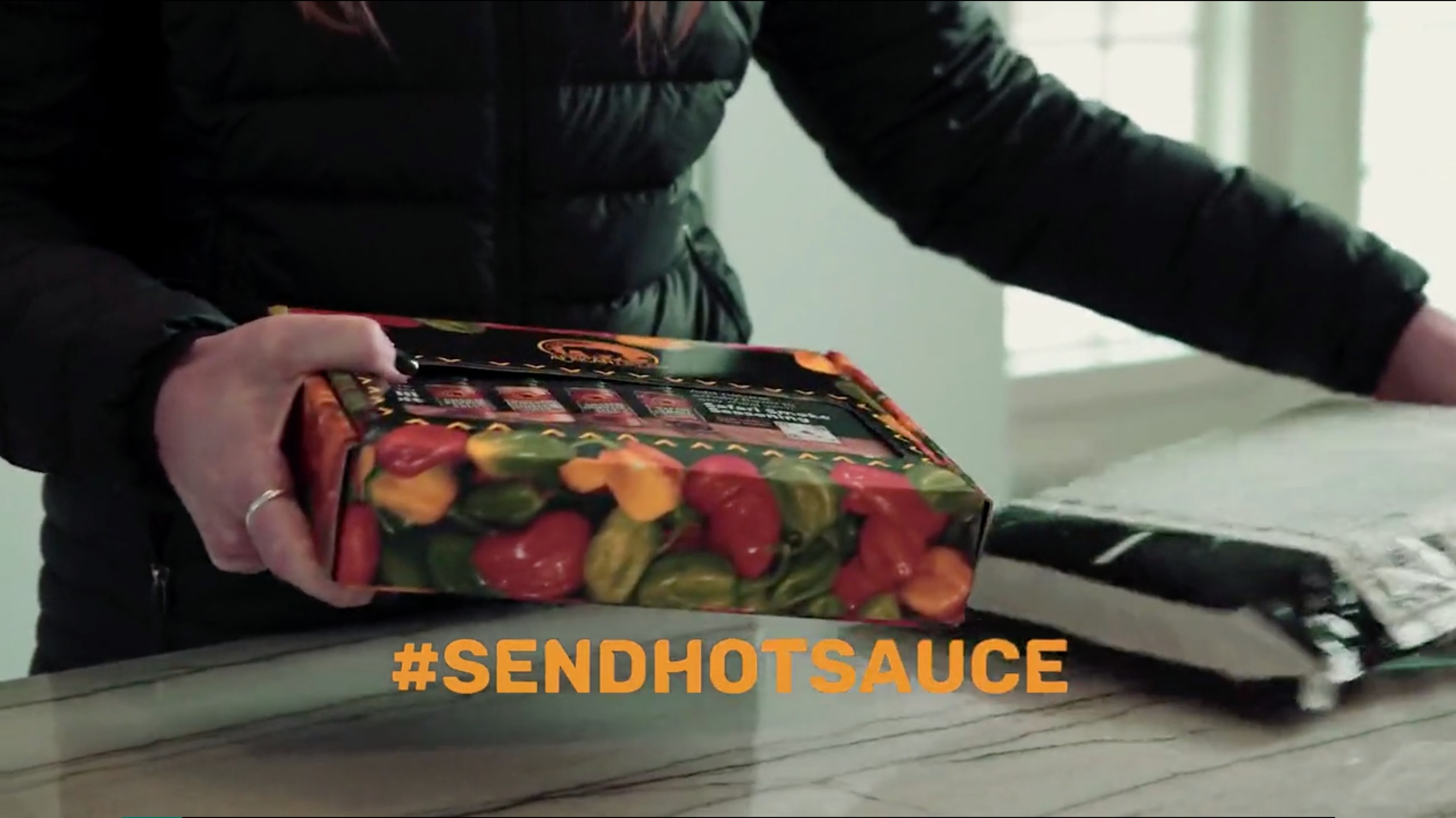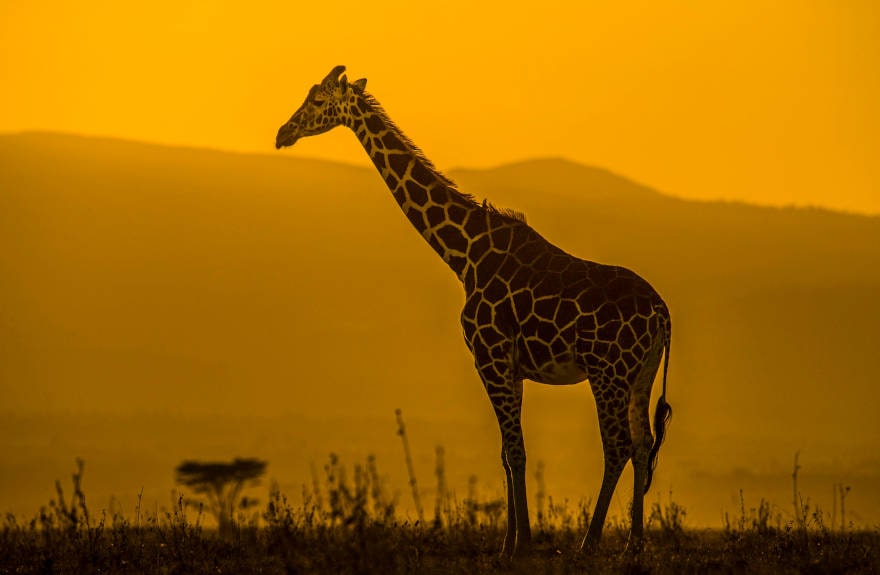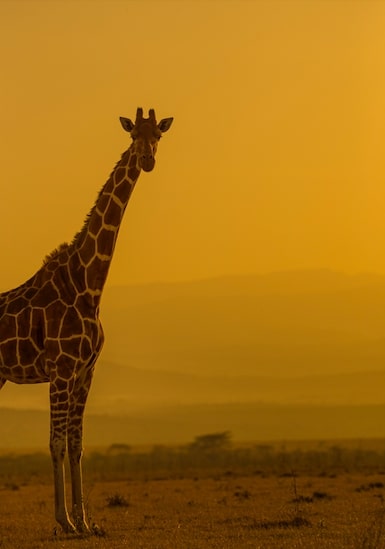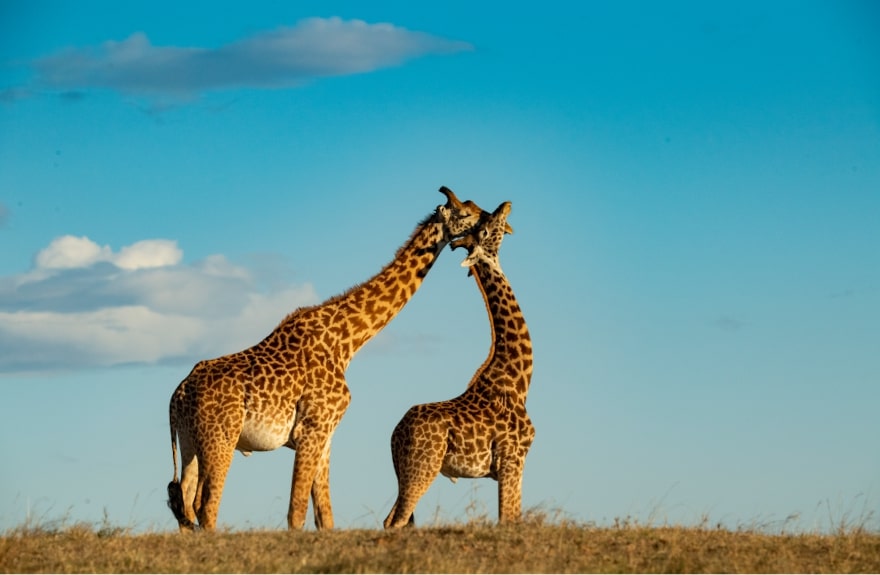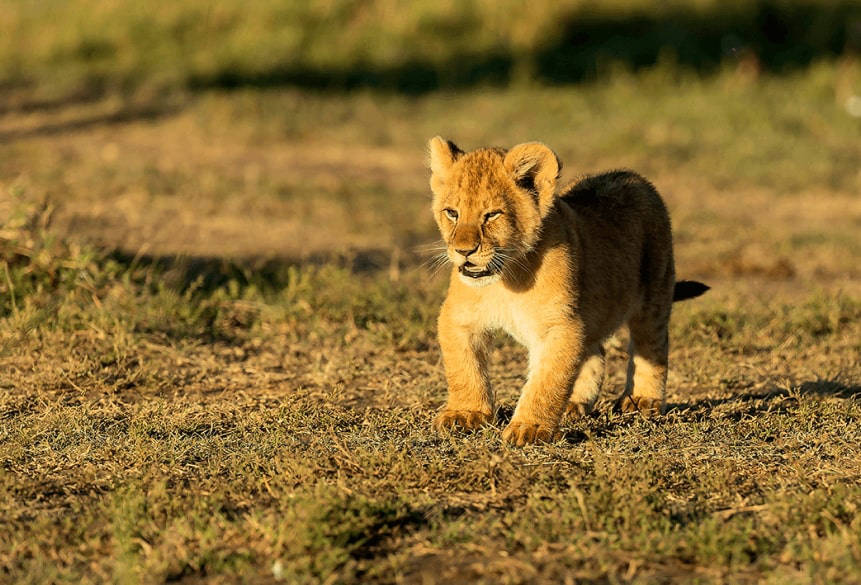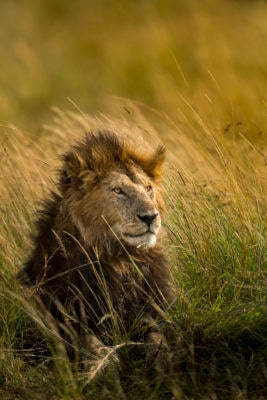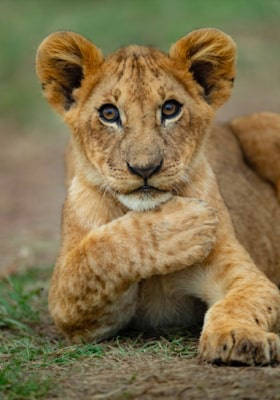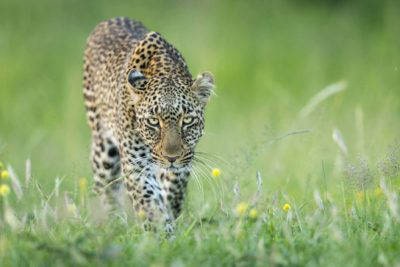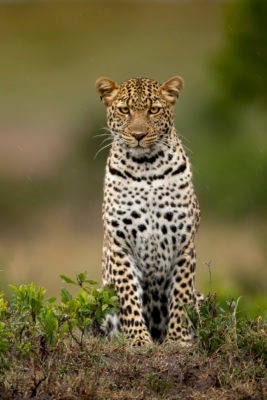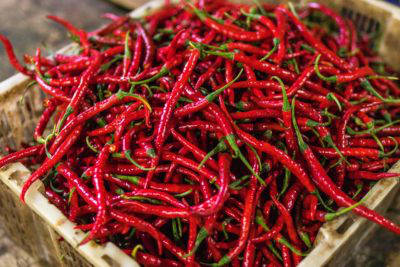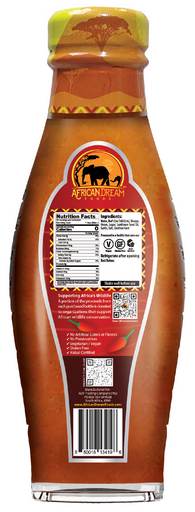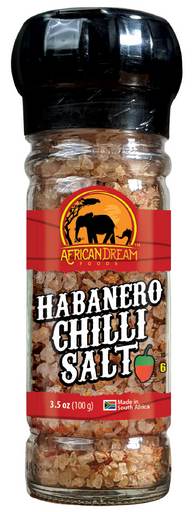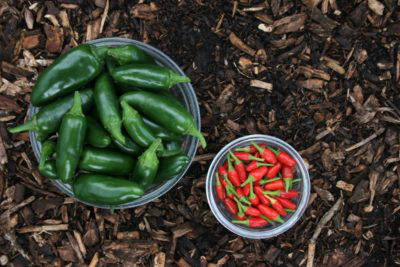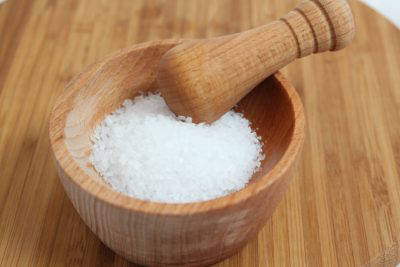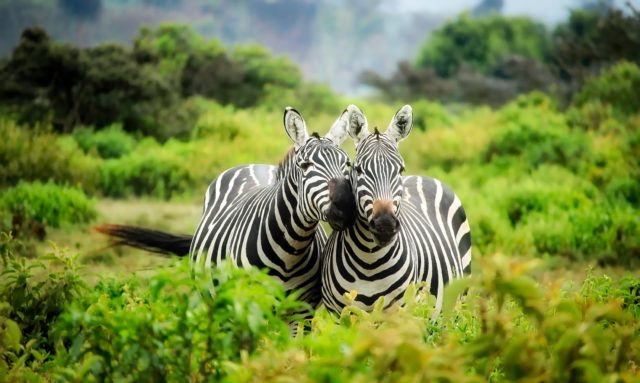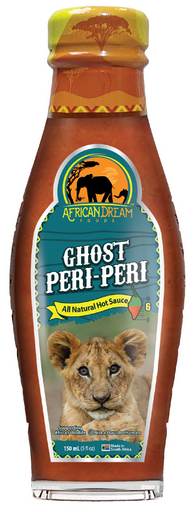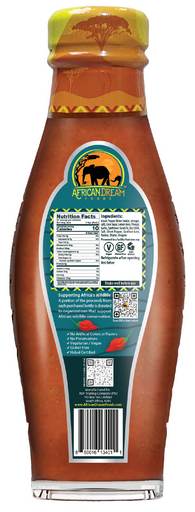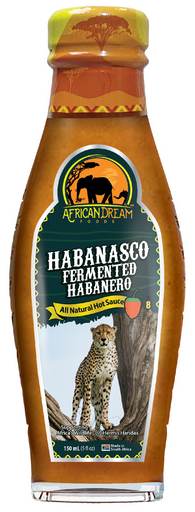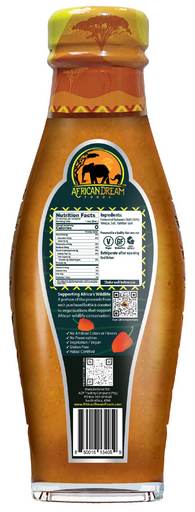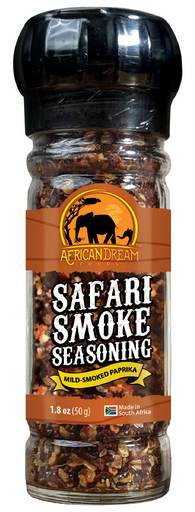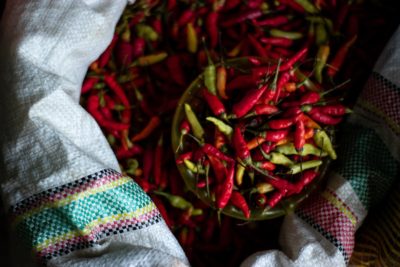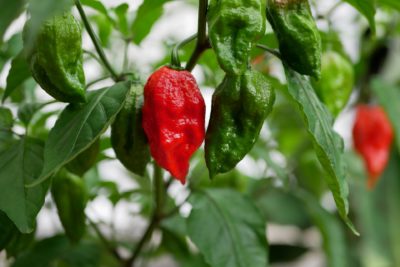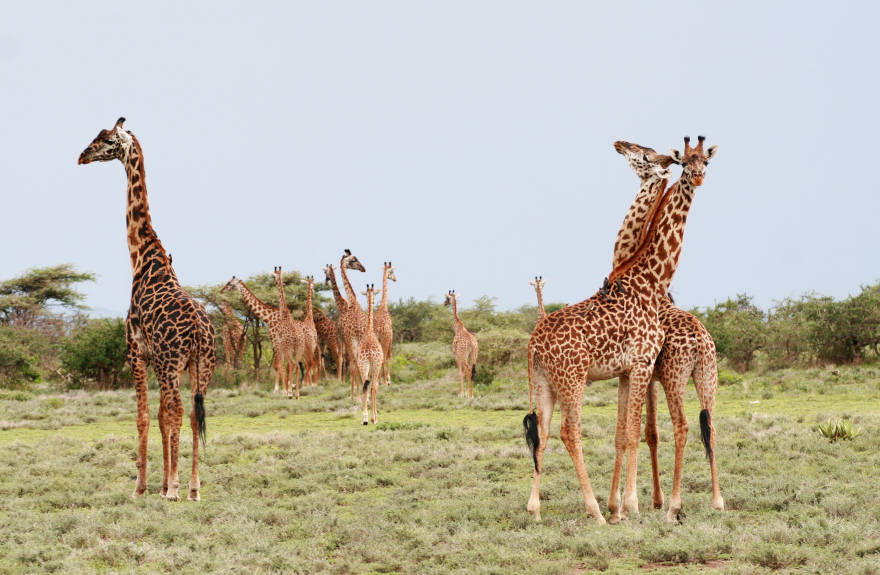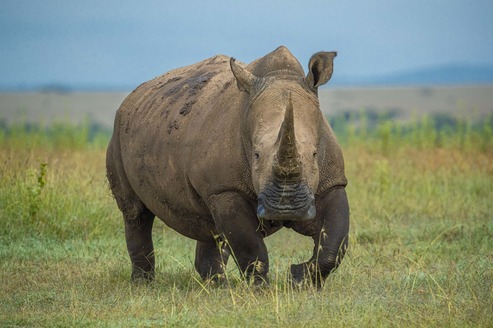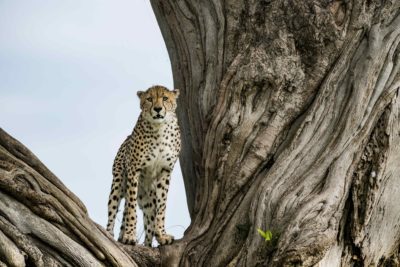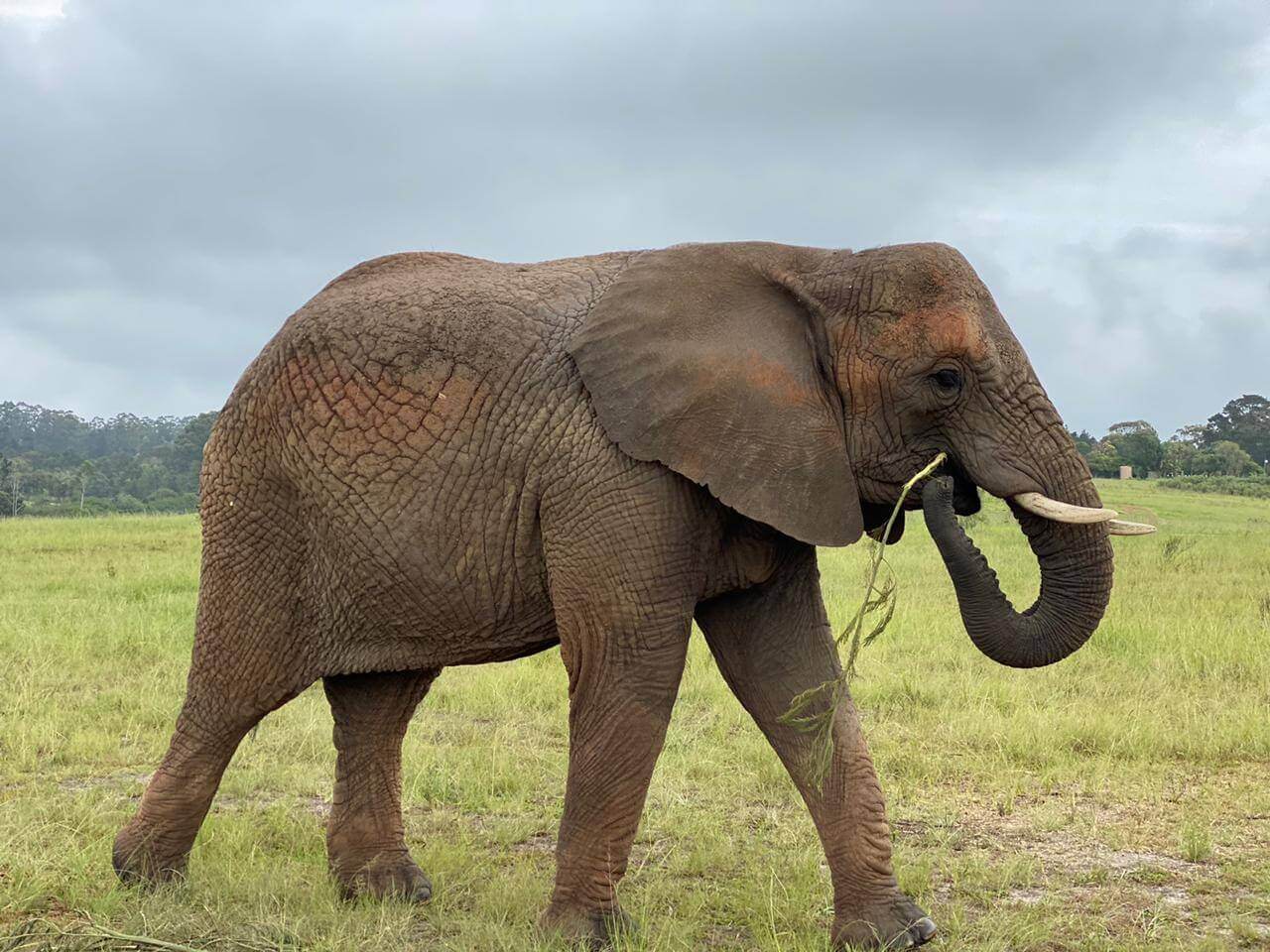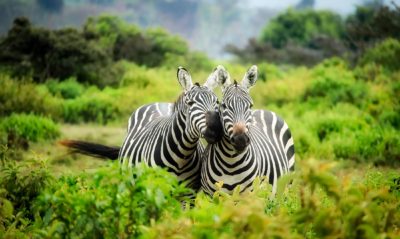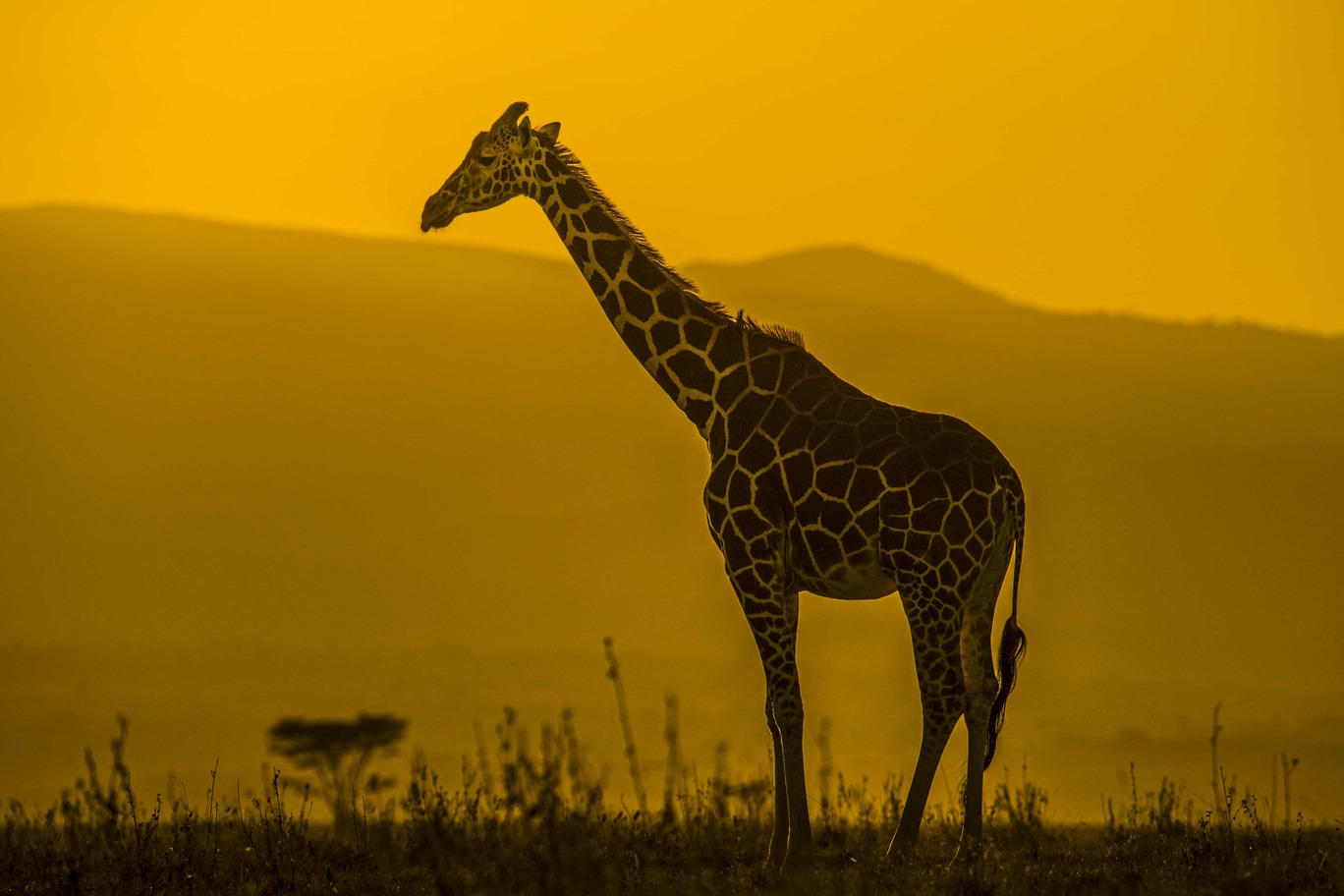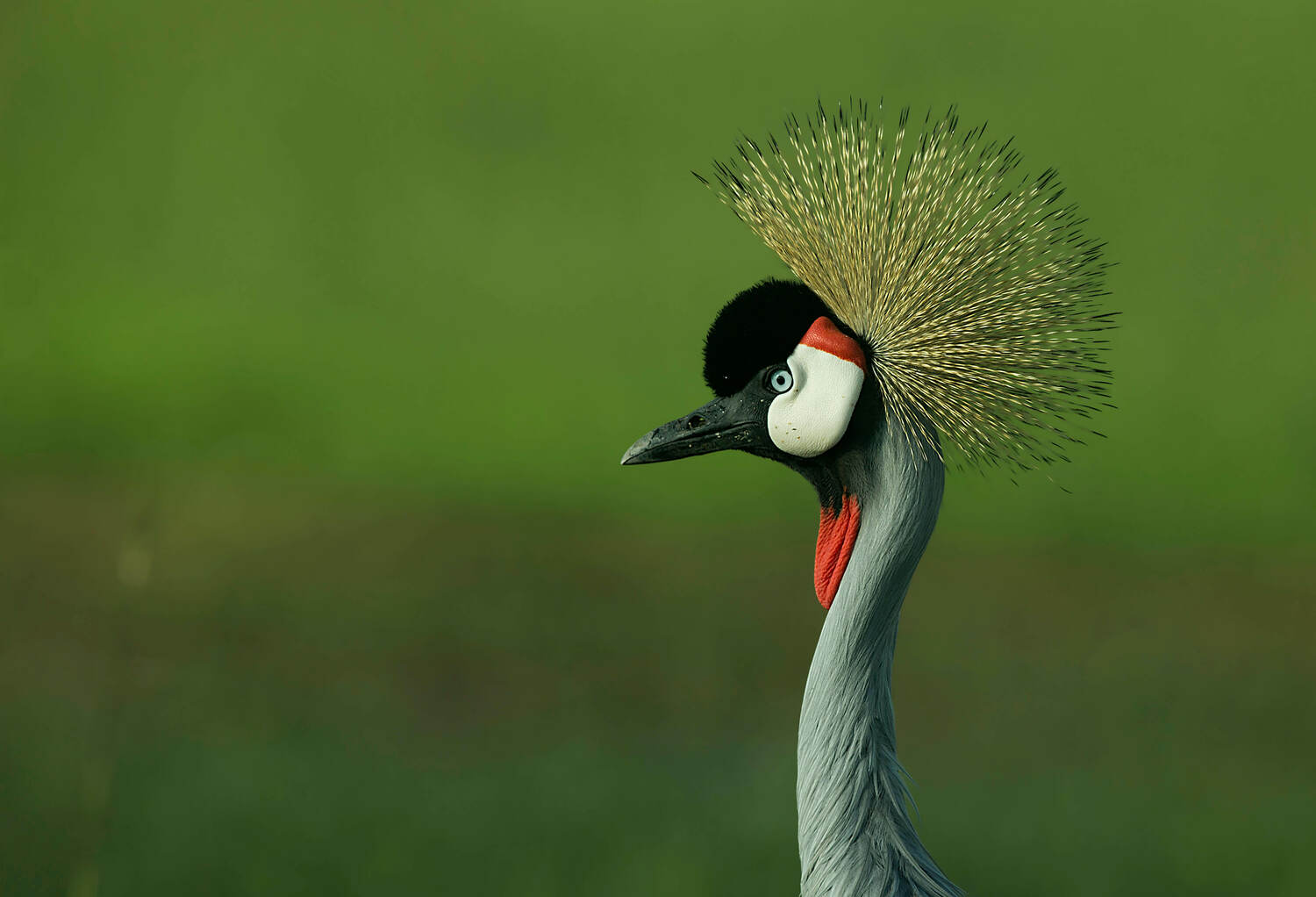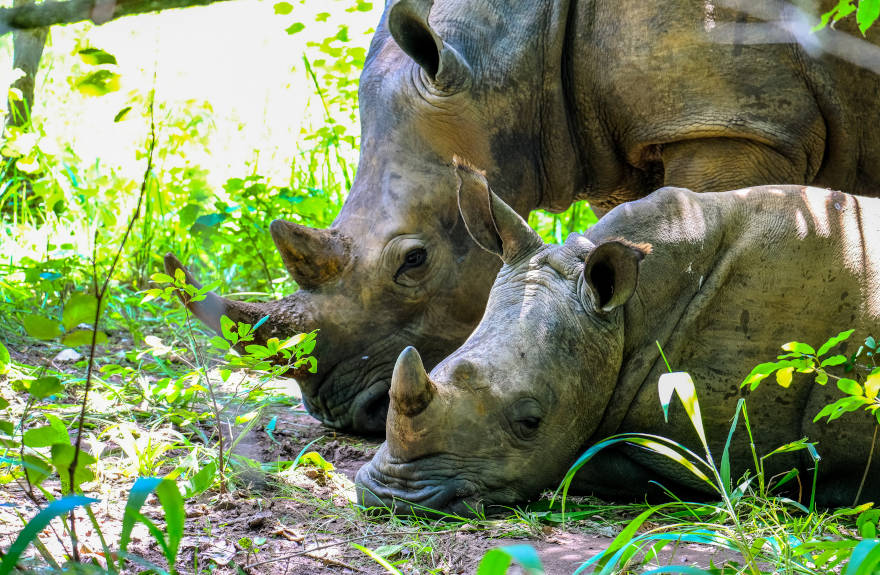Small-batch Hot Sauces and Spices
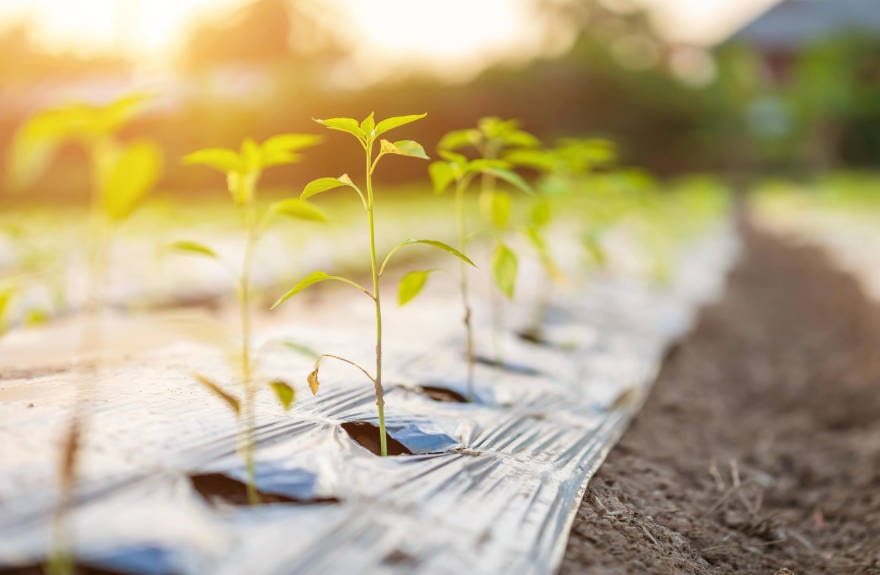
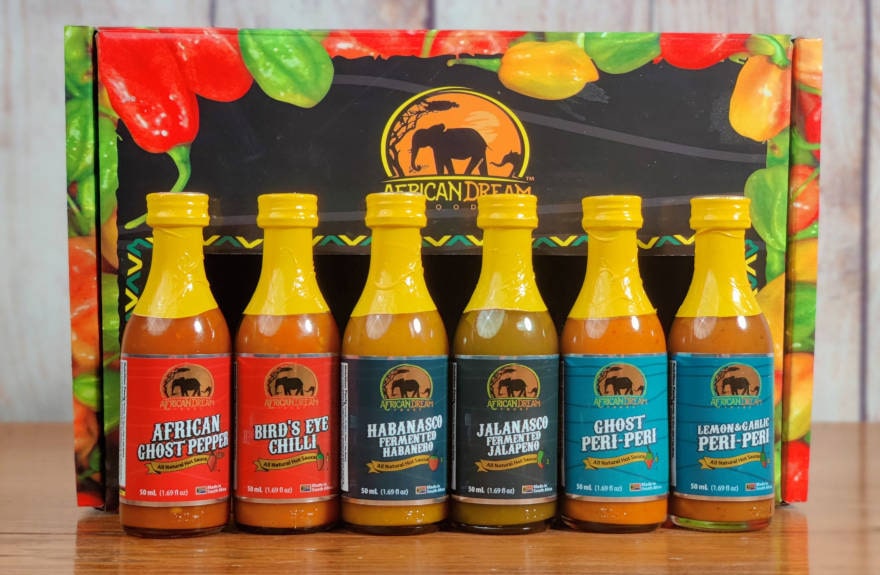
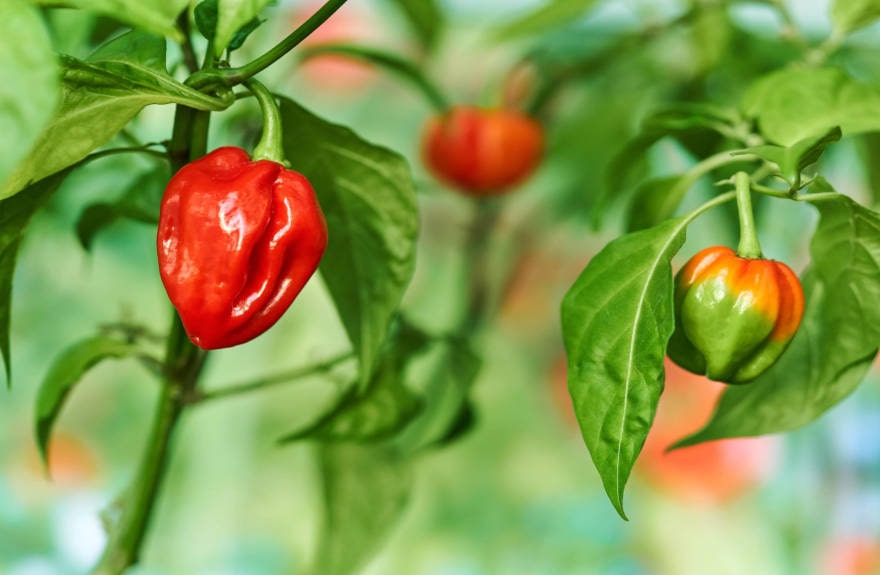
Here’s where we come in. When we set out to design a lineup of flavor-packed African hot sauces and spices that perfectly encapsulated the continent’s distinct flavors, we knew small-batch was the only way to go. Some might think it’s pompous to call the products in ADF’s premier collection “masterpieces.” But we’ll be honest: they are.
With this collection, we’ve taken care to do what the other guys just don’t have time for: tediously developing our recipes, sourcing the highest-quality ingredients and testing everything ourselves. The bottom line? Indulging in the details makes a massive difference.
Not sold? Here’s why ADF’s craft hot sauces and chilli salts—and small-batch products in general—win big over mass-produced competitors.
Premium Ingredients
It’s simple math: a food product can only be as good as the ingredients used to make it. Mass production prioritizes output and efficiency, which just doesn’t accommodate the use of quality ingredients. Let’s face it. Better ingredients are costlier—food industry giants have no incentive to shell out for the good stuff when low-grade ingredients can fly by as “good enough.”
Plus, all-natural ingredients like fresh produce just can’t accommodate large-scale output. To keep numbers high, factories are forced to lean on frozen, freeze-dried, canned or artificially preserved alternatives that wreak havoc on your essential gut flora by introducing foreign chemicals.
In stark contrast, our small-batch products feature fresh, farm-grown produce and other all-natural ingredients. For us, the small-batch process means the luxury of ensuring quality at every turn: no added preservatives, no GMOs, no artificial anything.
Fine-tuned Recipes
If mass production is a speed race, small-batch artistry is a scenic drive. It’s not focused on getting there quickly, it’s obsessed on doing it well.
To make ADF’s premier collection of hot sauces, chilli salts and seasonings, our craft process started before production even launched—it began at the root, with the recipes themselves.
While mass-produced food items have fast-tracked manufacturing processes that cut corners and simplify recipes, small-batch foods embrace complexity and nuance. Sauces like our Lemon & Garlic Peri-Peri Sauce and Southern Braai Chilli BBQ Sauce, for example, pull strongly from traditional recipes, boasting rich flavors from across Africa. We’re talking regional classics that have been cultivated with care over generations and generations.
In riffing off these iconic flavors, we’ve dreamed up and fine-tuned a line of premium-grade, authentic African hot sauces and spices unlike anything on the market today. Set in the belief that “good enough” is never good enough, we took the time to painstakingly test and tweak them as we went, eventually leading to our premier line: an artisanal collection of African hot sauces, chilli salts and seasonings that are nothing short of perfect.
Rich Flavor
When it comes to flavor, there’s a stark difference between an old-fashioned, home-cooked meal and a TV dinner that’s spent the majority of its lifetime as a rock-hard hunk of frost. There’s something to be said for artisanship—and that something just can’t be mass-produced in large-scale factories.
With their tailored approach and scaled-back runs, small-batch products invoke the passion, nuance and distinct charm of homemade food. While mass-produced hot sauces and spice companies cut corners, we indulge in the details. At the end of the day, it’s those fine-tuned touches that elevate our products from standard to stand out.
Still not sold? Just try one—you’ll immediately taste the difference.

